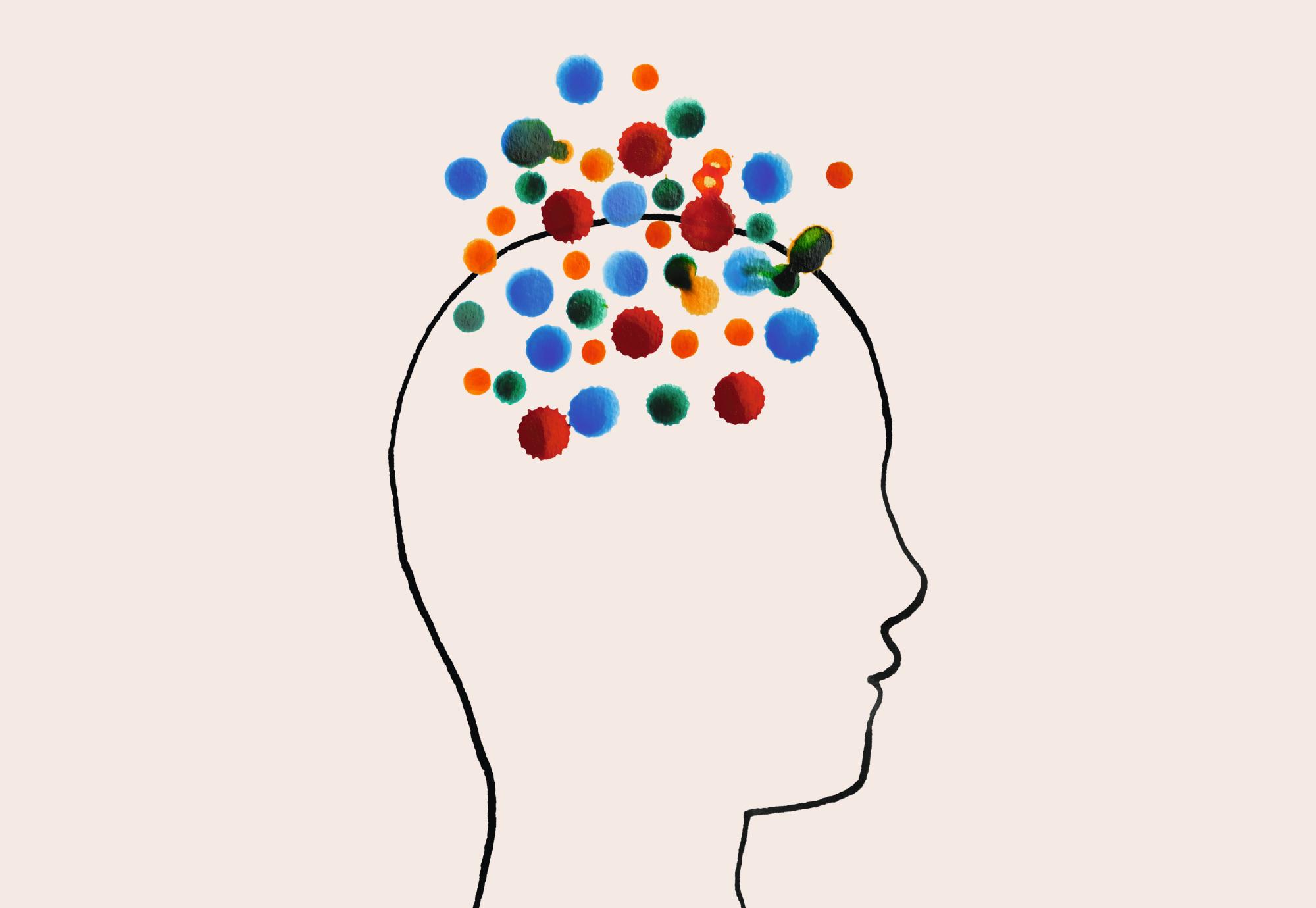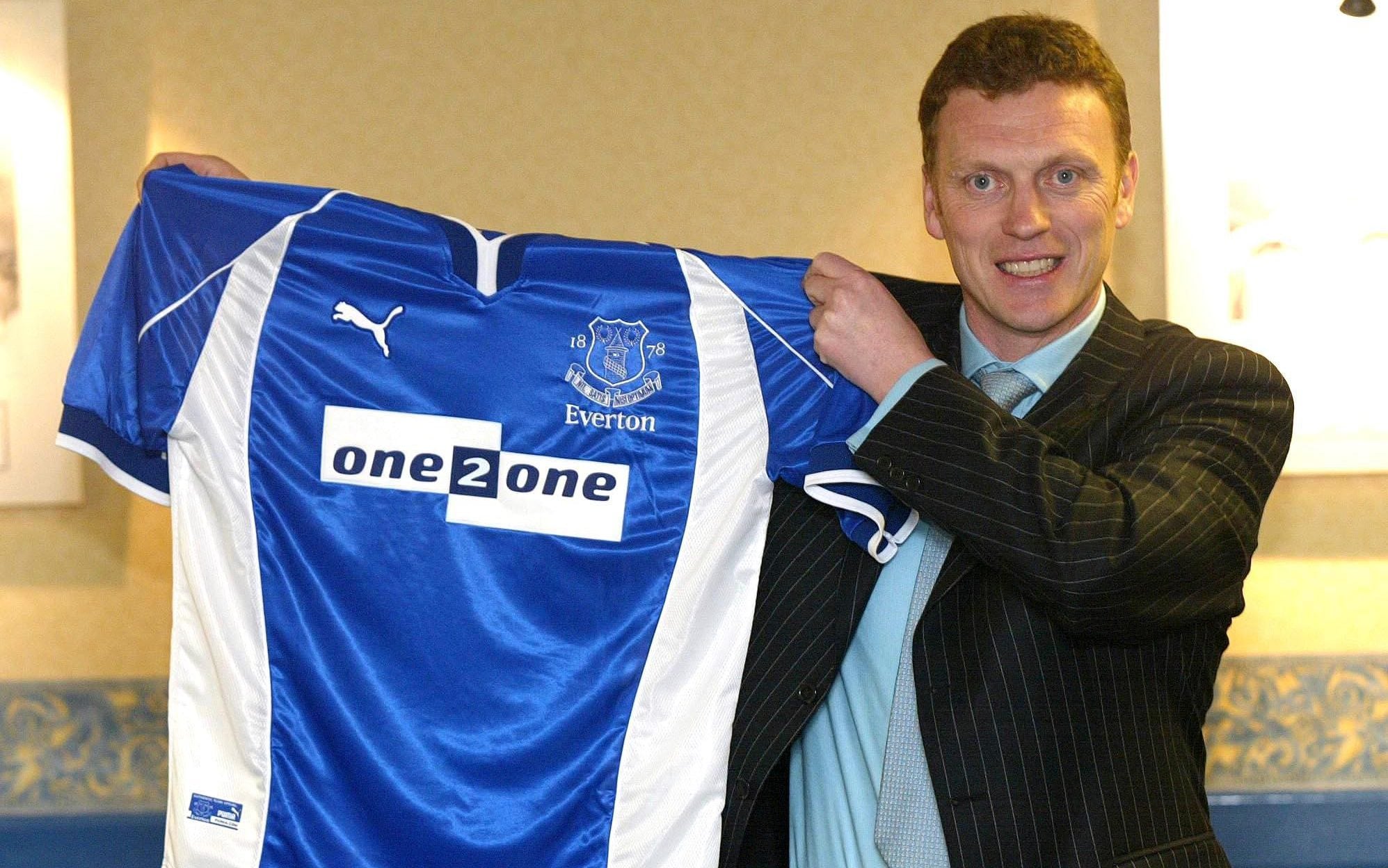
It was mid-nineties before neurodiversity as a formal concept and a rights movement began to develop. Aided by the internet, individuals with autism and others with various conditions were able to connect and share their experiences: the things they had in common and the ways in which their lives differed. A recurring theme was how many felt marginalised, excluded from a society that adopted only typical ways of being. The phrase "neurological diversity" – and a later version "neurodiversity" – began to appear in magazine articles that same decade.
Neurodiversity bears a clear similarity to biodiversity. It advocates for the value of individual difference. It posits that an unofficial majority can be categorised as neurotypical, with brains that function in a largely similar manner. In contrast, others are neurodivergent, with brains that are constructed and operate in a somewhat distinct fashion.
People with neurodiverse conditions may be diagnosed with a range of conditions, with many of them present in the same person at the same time. There's no definitive list, but common diagnoses include autism (previously also known as Asperger's syndrome) and attention deficit hyperactivity disorder (ADHD), alongside dyslexia, a learning difficulty that impacts reading and writing, and dyspraxia, which presents as difficulties with movement and coordination.
Regarding the ethics, consent, and whether studies will actually benefit people who think and learn differently.
Embedded in the concept of neurodiversity is a gradual shift towards accepting a social model of disability. This model suggests that many of the difficulties faced by neurodivergent individuals are not due to "anything being wrong" in the brain, but rather the challenges they encounter in a world primarily designed for neurotypical people. This perspective implies that these obstacles should be eased, ideally eliminated, by adapting society to be more inclusive.
There's been a big change in the way we think about things," explains Professor Francesca Happé of the Institute of Psychiatry, Psychology and Neuroscience, King's College London. "We no longer see our goal as curing or treating autism, but instead focus on making improvements to the symptoms that often come with it, such as anxiety and depression, sleep problems and epilepsy, intellectual disabilities and language difficulties.
However, the man's point was that some parents would rather have their child pick up a potentially life-threatening illness than be autistic.
It was a truly eye-opening moment appreciating the stigma surrounding autism," says Botha. "One of the most profound effects that neurodiversity has had for neurodivergent people is giving us a way of understanding ourselves as inherently deserving of value and respect, regardless of how others perceive disability.
They are regarded as neurodevelopmental disorders: the result of how the brain develops in the womb or at a young age, and many of them overlap.
Rewind the clock 40 years and doctors were discussing the fact that one in every four thousand people might be autistic. Today, records show that between one and three people in every hundred are autistic.
Diagnoses of ADHD have also seen a notable increase. Individuals with ADHD typically experience issues with concentration, frequently acting impulsively and having trouble sitting still. In the UK, a significant surge has been seen in diagnoses amongst boys in secondary school over the past two decades, with an increase of over twice the number. There has also been a 20-fold rise in diagnoses among adults under 30.
In the UK, the consistent rise in autism diagnosis has been dubbed an "epidemic", a term more typically associated with infectious diseases, and suggesting that autism itself is increasing. However, many experts contend that this assessment is wide of the mark and that the rise can be attributed to other factors, such as changes in how autism is classified.
They record autism when they notice "persistent deficits" in areas of social communication and interaction, as well as restricted, repetitive behaviours, such as lining up toys, insisting on the daily routine and having intense fixations.
Individuals can be exceptionally sensitive to vibrant lights, certain sounds, odours, flavours or textures. Alternatively, they might be insensitive to these aspects and endeavour to seek out various types of stimulation, or experience difficulties in detecting when they are hungry, ailing or in discomfort.
”I believe most of the increase is because of a change in how we make diagnoses, how much we understand and are aware of autism,” says Dr Cathy Manning, a psychologist at the University of Birmingham. “It's not necessarily that there are more autistic people than there were before; it's simply that we're now actually diagnosing them and reporting those diagnoses properly.”
Individuals go unrecognised for all sorts of reasons. The misconception of autism as a male affliction (diagnosis is four times more prevalent in males than females) is one factor. Teachers might spot the boy who constantly stays around the edge of the playground while everyone else plays football, but they miss the girl who copies everything about her school friend in an attempt to blend in. Such camouflaging occurs in both males and females and is harmful in its own right.
People on the autism spectrum tell us it's utterly draining and can eat away at your sense of identity," says Happé, "because you might form friendships, but not feel like they are genuine friendships, as they're forming bonds with your persona rather than with you as a person.
Similar forces are at work in ADHD. In the late 90s, diagnosis required onset before seven years old and evidence of "impairment" in several settings. The age has now been brought forward to 12 and children need only show "symptoms" in one setting. Prior to 2013, ADHD and autism were officially completely separate conditions. If you had one, you could not be diagnosed with the other.
***
In the US, a man named Dr Tanner identified eight young boys and three girls with "autistic disturbances". One of them, a boy named Donald Triplett, became known as the first person to be formally diagnosed with autism. When Tanner met Triplett at the age of five, he seemed "isolated within himself", showed an incredible ability to memorise pictures from an encyclopaedia and enjoyed spinning things he could find. Some of Triplett's responses were particularly striking. When asked to subtract four from 10, he said: “I’ll draw a hexagon.”
Kanner was unsure of the causes. The children he evaluated were "born with" an "innate inability" to form usual social bonds, he observed. However, he also pondered the fact that all appeared to come from "highly intelligent" parents, very few of whom he considered "really warm-hearted." For the most part, Kanner noted that the closest relatives were "people strongly preoccupied with abstractions of scientific, literary, or artistic nature" and "limited in genuine interest in people." Three of the marriages he described as "dismal failures."
A term as harsh as it sounds, referring to children being taken away from their families.
People who did not meet Kanner's strict criteria but still displayed repetitive actions and struggled with social interactions, communication and imagination.
***
The modern understanding of ADHD, which encompasses inattention and hyperactivity in a single diagnosis, only began to take shape in the 1980s. Doctors seek a recurring pattern of behaviour evident before the age of 12 that has a detrimental impact on development or daily functioning, encompassing difficulties with concentration, acting impulsively, and struggling to stay seated when required.
between brain regions at the front, which manage attention and control, and deeper brain structures associated with learning, movement, rewards, and emotion.
drinking and smoking while pregnant, premature birth and brain injury.
While some genetic variants that play a part are relatively rare and significant, there are many more, potentially in the thousands, that are common and have relatively small effects. These are scattered throughout the population and come together in varying degrees in different individuals, resulting in a diagnosis in some but not others.
In 2022: “We do not desire “cures” for autism. We want to continue being autistic.”
Morgan James Morgan, a PhD student at the University of Surrey, examines the genetics of autism. He is autistic and has an autistic child. “I comprehend why people are anxious,” he says. “Those apprehensions are genuine, but I’m not certain that should halt us from pursuing this entire area of research when it’s clearly excessively crucial to gain insight into what’s at play.”
Morgan says a key part of his research tries to figure out why autism is so varied. “One autistic person can be extremely different from another,” he says. “You could just focus on helping individuals based on what they appear to have, but it would be more beneficial to understand why one person is different from another, and it seems that a significant amount of this variation is influenced by genetics.”
It's not the only area of contention. Some are concerned that the social model of disability disproportionately impacts neurodivergent individuals who have distinct medical requirements. "There are groups of parents who feel left behind because their children are notably distinct from the individuals championing the neurodiversity movement," notes Professor Patricia Howlin, an editor of the journal Autism. Approximately 30% of autistic people are non-verbal. Some experience seizure disorders. Others require direct tube feeding into their stomach.
“It all comes down to the spectrum concept,” says Howlin. “There are autistic individuals who may be exceptionally gifted as scientists or artists at one end of the spectrum, and at the other end there are people who require assistance with almost all aspects of their daily lives. Some are extremely sensitive to the idea of intervention or treatment, whereas others, particularly families or caregivers, stress that we urgently need intervention and treatment.”
Accurate support in education is essential, Happé comments. If a teacher isn't aware a child is autistic, the child might appear rude when they're simply being "direct in an autistic way". Clear information about changes in activities is beneficial, as are visual timetables, timers that reduce disruption during transitions, and an understanding of children's sensitivities. "Most of the things that work for autistic children are beneficial for all children," Happé observes.
According to Dr Max Davie, a paediatrician in London who has been diagnosed with ADHD and is a trustee of ADHD UK, giving the environment a boost is crucial for those with ADHD. He likens the brain to a "hungry brain", which is constantly under-stimulated. Dr Davie believes people need to grasp the nature of ADHD and learn how to respond to it. Building strong relationships is essential, he says: when a child is causing a commotion, threaten to remove their Xbox could be counterproductive, escalating the situation into a confrontation. Good mental wellbeing is also vital, Dr Davie notes. "Do ensure you are sleeping properly, keep your mood balanced, and get plenty of exercise. This will improve your brain health and make it easier to cope with your ADHD."
Autism and ADHD are distinct conditions, yet they often share common ground in terms of their biological underpinnings, diagnosis, expression of symptoms, and the support that proves beneficial. A key factor for both conditions is adjusting the surroundings to make them as accommodating as possible, but this is just one element of the puzzle. "It's also about having people around you who are understanding and able to tailor their approach to meet your needs," Davie notes.
Where to get help
If you are being impacted by any of these problems and require assistance, please refer to:
adhduk.co.uk
additudemag.com
autism.org.uk
autistica.org.uk

